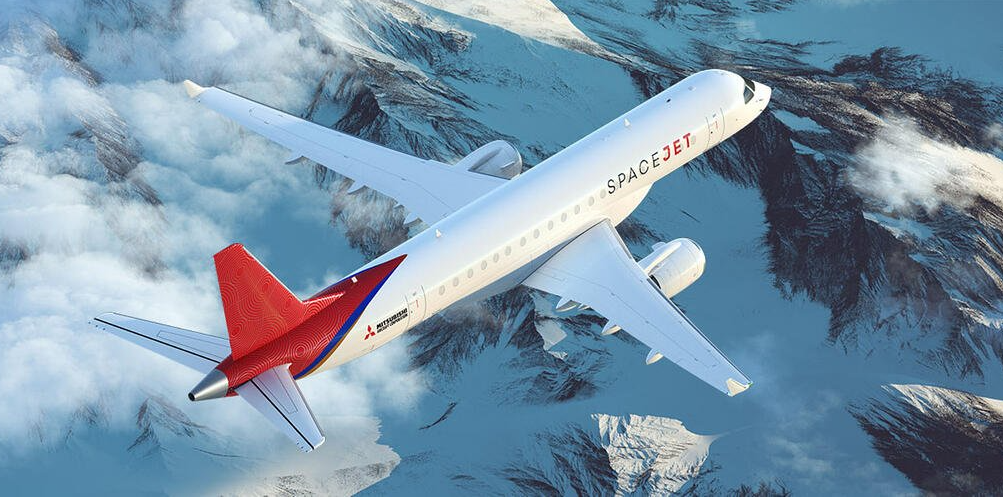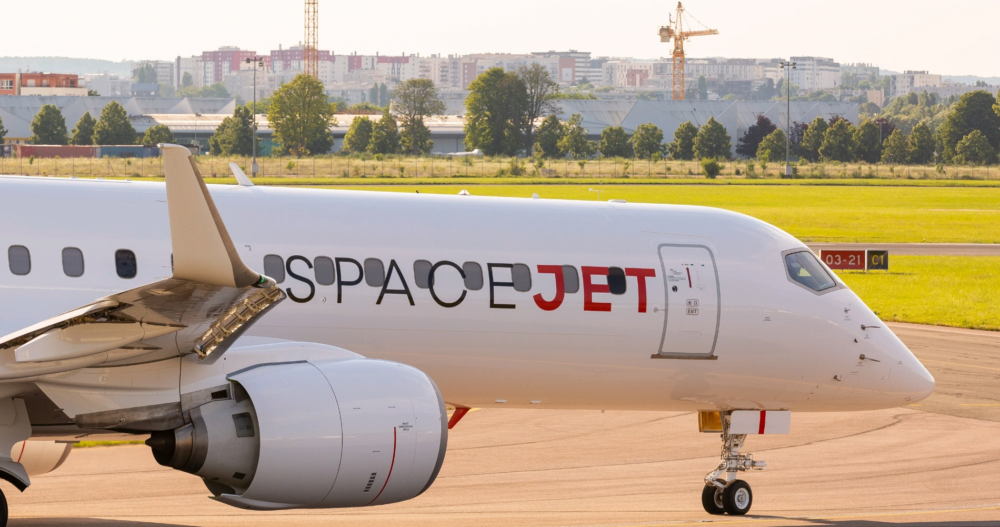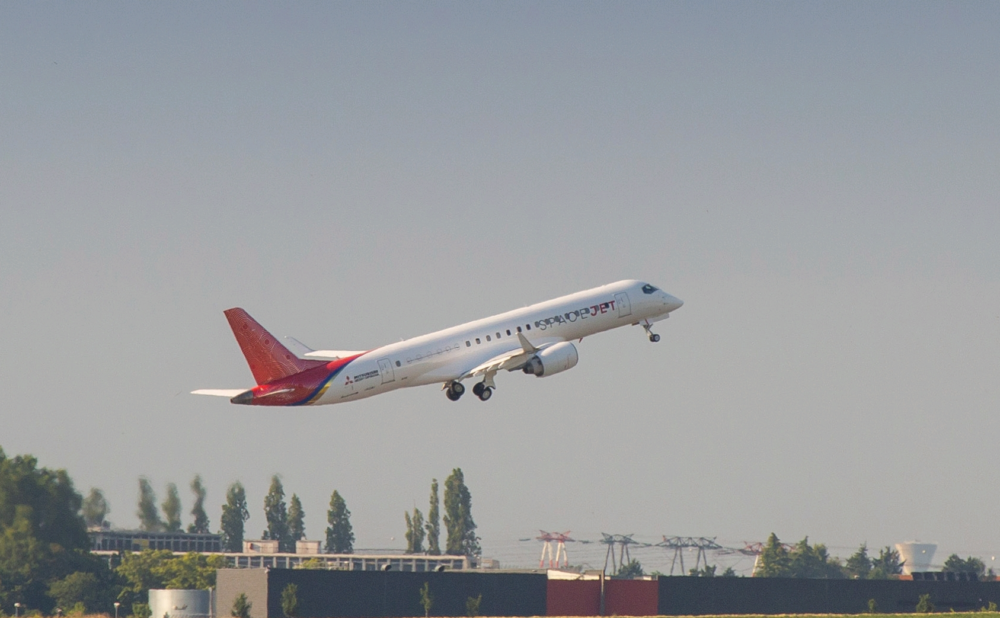Mitsubishi Aircraft Corporation could be considering a "pause" for its SpaceJet program later this month. Previously known as the Mitsubishi Regional Jet, the SpaceJet was meant to signal a renaissance in Japanese commercial aircraft manufacturing and was originally scheduled to be flying by 2013. But rolling problems with production have seen multiple delays and deliveries still not occurring.
Mitsubishi will make an announcement about SpaceJet's future on October 30
The story appears to have been broken by the Japanese news agency, Kyodo News. Mitsubishi is due to announce a new medium-term business strategy on October 30. According to Kyodo News, Mitsubishi will confirm whether or not the SpaceJet program is to be paused. While the program has long struggled to gain traction with airlines, events of 2020 are further eroding demand for new aircraft.
In a statement to FlightGlobal, the manufacturer noted that no decision had yet been reached. It said,
“It is true that we are considering various possibilities, but there is no truth to reports that we have decided to freeze development.”
Stay informed: Sign up for our daily aviation news digest.
The SpaceJet is a short a twin-engine regional jet aircraft seating 70–90 passengers. Smaller than the popular Airbus A220, Mitsubishi is positioning its plane to be North Asia's version of Embraer's successful regional jets. There are currently two versions of the SpaceJet on offer; the M90 and the slightly larger M100.
Work on the SpaceJet program and its precursor, the Mitsubishi Regional Jet, has been underway since 2008. The first flight took place in 2015. To date, US$9.6 billion has been pumped into the plane's development. However, the program's delivery timeline has been pushed back six times so far. There were plans to deliver the first planes, M90s, to All Nippon Airways next year.
Enthusiasm for the SpaceJet program wears thin
Airline enthusiasm for the SpaceJets has worn thin recently. Less than a year ago, Trans States Airlines scrapped its order for up to 100 Mitsubishi SpaceJet M90s. The airline said the plane was unsuitable for the United States as it did not meet US union rules on regional jets.
Earlier this year, Simple Flying reported that Mitsubishi would halve its budget for the SpaceJet program to $561 million over the next financial year. This was on the back of the program costing Mitsubishi $1.12 billion over the previous financial year.
In May, Mitsubishi closed its US outpost. In conjunction with partner AeroTEC, Mitsubishi had operated a SpaceJet flight test center at Moses Lake, Washington. The closure left only a skeleton staff in the United States.
Over the 2020 northern summer, rumors continued to circulate about the future of the SpaceJet program. Some development work on the M90 continued, but production had ceased. As for the M100, it had effectively been put on the backburner.
A possible silver lining for Mitsubishi
According to Kyodo News, the falling demand for new planes is behind the uncertainty over the future of the plane. But despite the short term looking grim, there may be a silver lining for Mitsubishi. Pundits widely expect demand for big planes to decrease over the medium to long term as airlines turn to smaller planes.
If Mitsubishi sorts out its production issues down the track, the manufacturer could be in the box seat with its small regional jet range. The question is, will the SpaceJet program survive that long to take advantage of it?
What do you think? What's the outlook for the SpaceJet program? Post a comment and let us know.



